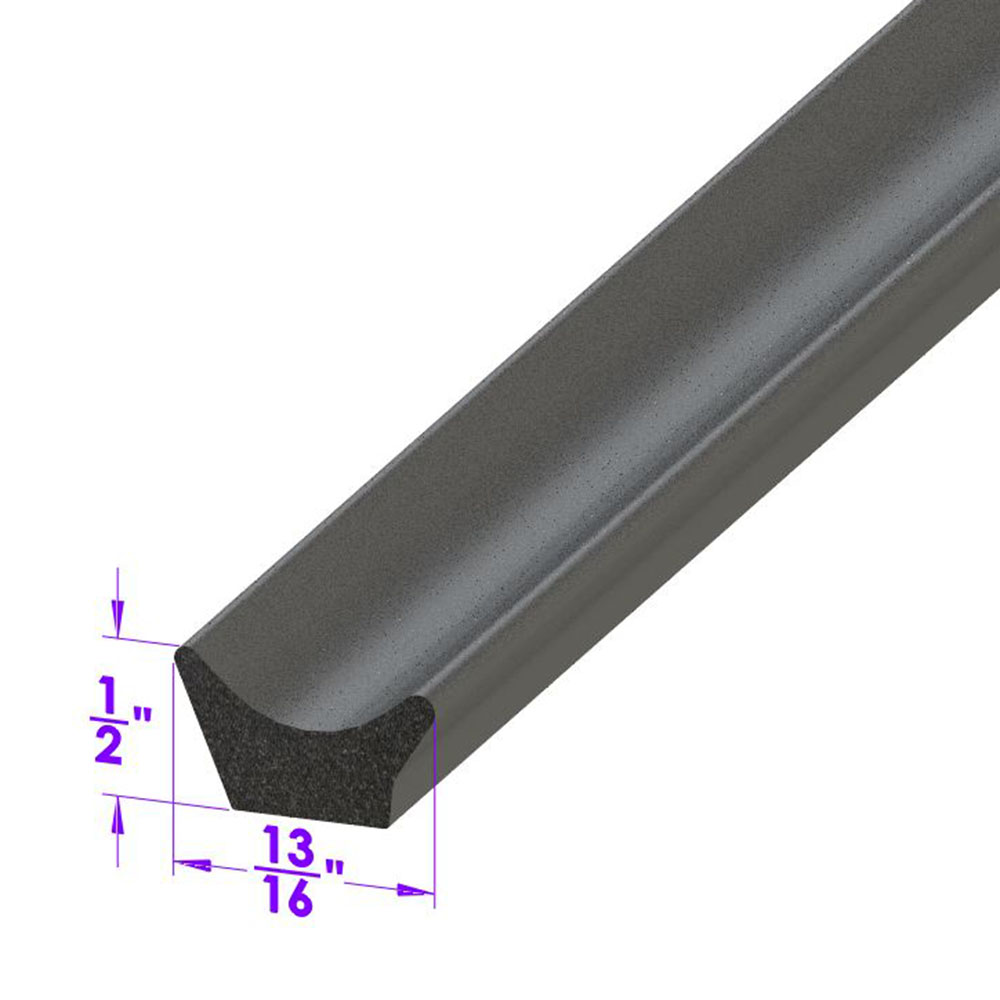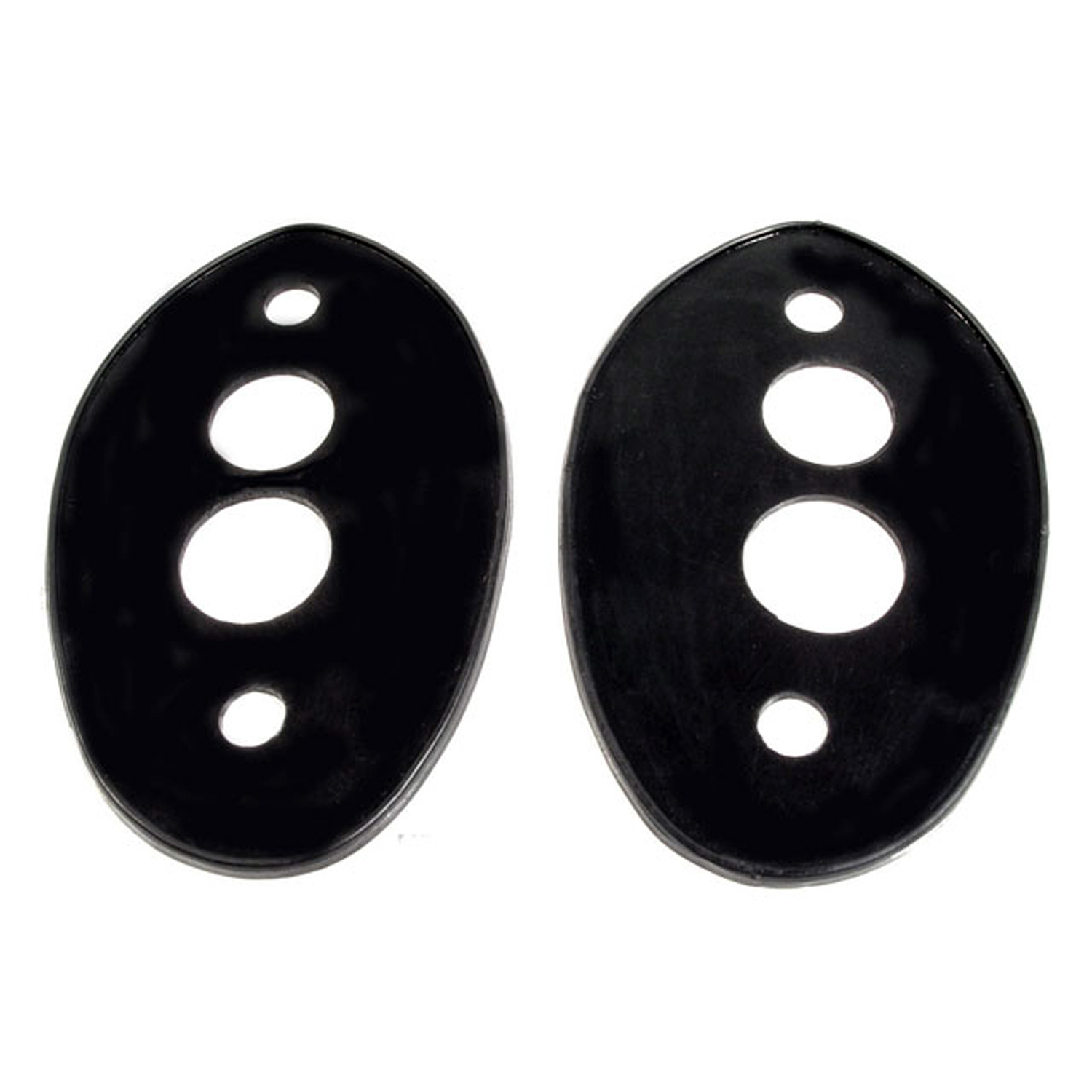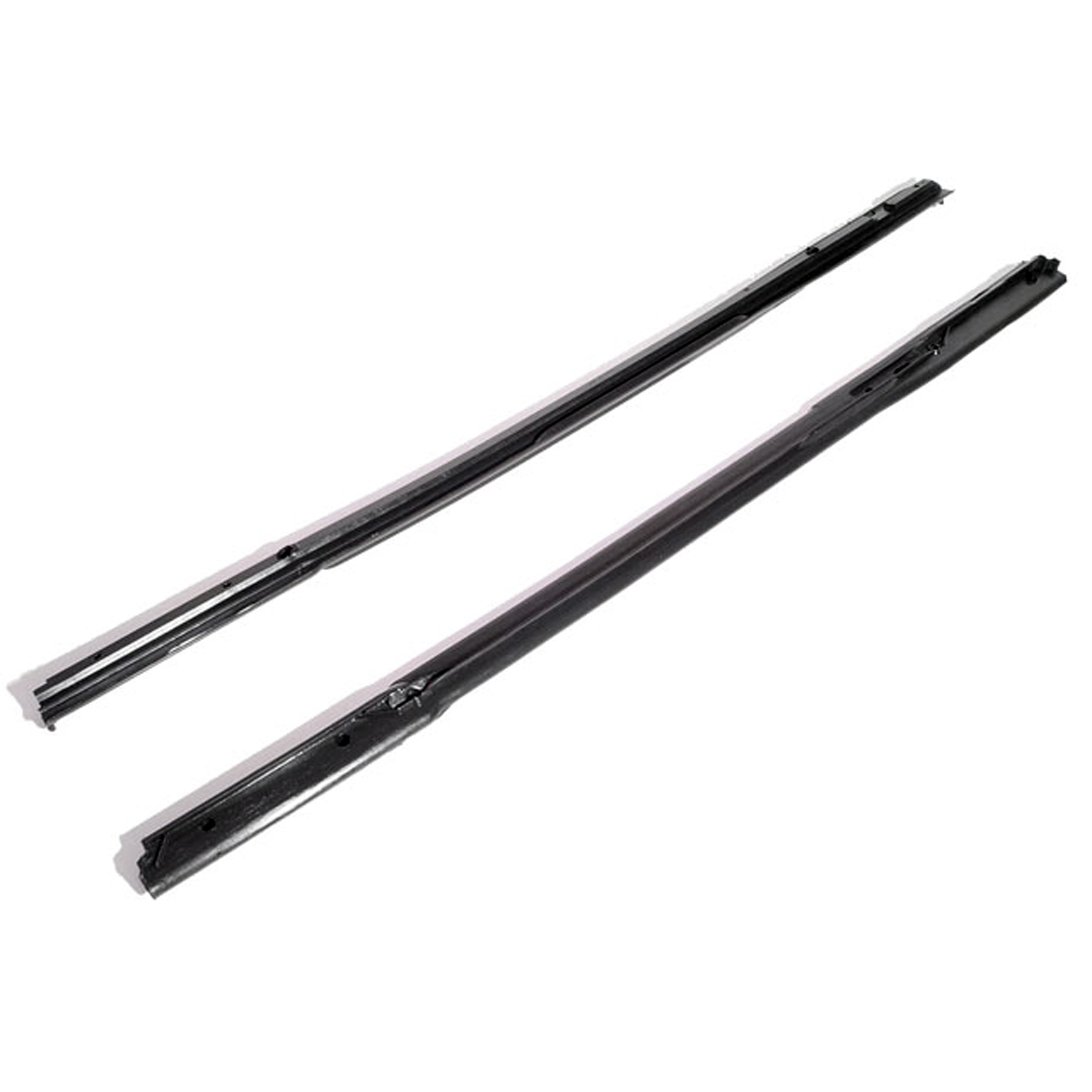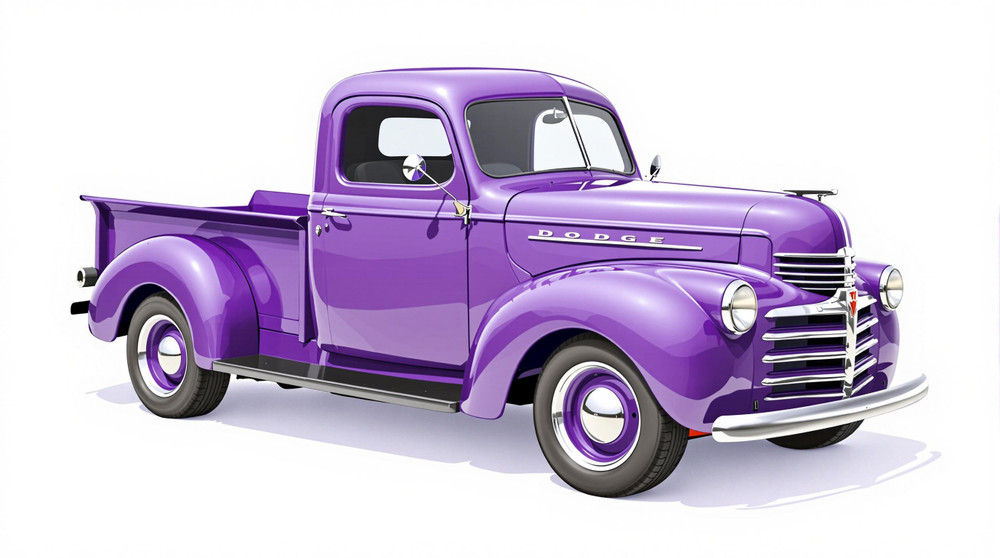Image of 1942 Dodge Truck, Note: These illustrations use artistic license and may differ from actual historical models.
Performance Metrics
Fundamental Metrics
Emotional Appeal
MMP Rating
| Engine Specifications | |
|---|---|
| Engine: | Inline 6-cylinder |
| Displacement: | 230 cubic inches |
| Horsepower: | Estimated 75-95 HP |
| Torque: | 180 lb-ft |
| Compression Ratio: | Estimated 6.7:1 |
| Ignition System: | Battery Ignition |
| Cooling System: | Liquid-cooled |
| Performance Specifications | |
| 0-60 Time: | Not available due to the age and type of vehicle |
| 1/4 Mile Time: | Not available due to the age and type of vehicle |
| Top Speed: | 55-60 mph |
| Transmission and Drive | |
| Drive Type: | Rear-wheel drive |
| Transmission Type: | 4-speed manual |
| Fuel and Efficiency | |
| Fuel System Type: | Carburetor |
| MPG: | Estimated 10-12 MPG |
| Dimensions and Brakes | |
| Brakes: | Hydraulic drum brakes |
| Wheelbase: | 125 inches |
| Weight: | Estimated 3,500 lbs |
Note: Specifications for classic cars are given to the best of our ability, considering the limited and variant data available.
Unearthing the Legacy of the 1942 Dodge Truck
With the world at war, the 1942 Dodge Truck emerged as a testament to American resilience and ingenuity. Born from the assembly lines of Dodge, a subsidiary of the Chrysler Corporation, this vehicle was crafted during a time when resources were directed towards supporting the war effort. The 1942 model year was significant as it was cut short by the necessity to convert automotive plants for military production, making these trucks relatively rare and historically significant. One unique aspect of this vehicle's history is that many of them were repurposed for military use, serving valiantly in various logistical roles during World War II.
Design and Innovation
The 1942 Dodge Truck boasted a robust and utilitarian design that reflected its era's demands. Its exterior styling featured bold, rounded fenders and a prominent grille that exuded strength and durability. The interior was spartan but functional, with materials chosen for their longevity rather than luxury. Technologically, it offered advancements like a synchromesh transmission and hydraulic brakes—features that were innovative for trucks at that time. Color options were limited due to wartime restrictions, with many trucks finished in basic hues suitable for both civilian and military use. Among these, olive drab became synonymous with the era's vehicles. The truck came in various body styles, including pickups, panel vans, and larger stake beds, with the pickup variant being particularly popular among farmers and small businesses.
Historical Significance
The 1942 Dodge Truck played a pivotal role in transitioning automotive design from pre-war opulence to post-war practicality. Its straightforward design set a precedent for future trucks focusing on utility over style. This vehicle's ruggedness and adaptability made it an invaluable asset both on the home front and in overseas military operations.
Performance and Handling
Performance-wise, the 1942 Dodge Truck was not built for speed but rather for reliability under challenging conditions. With a top speed that would be considered modest by today's standards, it was more about torque and load capacity than acceleration. Handling was straightforward; drivers appreciated its predictability when hauling heavy loads or navigating rough terrain. Behind the wheel, one could hear the distinctive hum of its workhorse engine—a sound that resonated with the laborious times.
Ownership Experience
Owners of the 1942 Dodge Truck often used it as a daily driver for work-related tasks or as a reliable tool on farms. Its maintenance was relatively simple by modern standards, making it accessible for owners to perform repairs themselves. However, sourcing parts today can be challenging due to its age and wartime production nuances.
Fun Facts
A fascinating trivia about these trucks is their occasional appearance in historical films set during World War II—adding authenticity to cinematic depictions of the era. While not known for breaking speed records, they have earned recognition for their endurance and versatility. Criticisms typically revolve around their lack of creature comforts—a non-issue considering their utilitarian purpose.
Collector's Information
Today, the value range for a well-preserved 1942 Dodge Truck can vary widely based on condition and originality. With production numbers limited due to wartime factory conversions, these trucks are relatively rare finds. As historical artifacts from an influential era, they tend to appreciate in value over time—especially well-restored examples or those with documented military service.
Conclusion
The 1942 Dodge Truck stands as a symbol of American tenacity during one of history's most challenging periods. Its design simplicity, robust performance, and historical significance make it a cherished piece among classic vehicle enthusiasts. As we reflect on its legacy, we are reminded of the enduring spirit of innovation that continues to drive automotive excellence.
1942 Dodge Truck Catalog of Parts
 1942 Dodge TRUCK Door side seal. Same as LP 40, but for a lighter seal-LP 40-ADoor side seal. Same as LP 40, but for a lighter seal. Fits many domestic passenger cars and trucks. Universal seal for street rods and customs. Used in Cobra kit cars as door weatherstrip. Per foot.
1942 Dodge TRUCK Door side seal. Same as LP 40, but for a lighter seal-LP 40-ADoor side seal. Same as LP 40, but for a lighter seal. Fits many domestic passenger cars and trucks. Universal seal for street rods and customs. Used in Cobra kit cars as door weatherstrip. Per foot. 1942 Dodge TRUCK Headlight Pads, for 1/2 Ton Pick-Up-MP 649-FHeadlight Pads, for 1/2 Ton Pick-Up. 3-1/4" wide X 5-1/4" long. Pair R&L
1942 Dodge TRUCK Headlight Pads, for 1/2 Ton Pick-Up-MP 649-FHeadlight Pads, for 1/2 Ton Pick-Up. 3-1/4" wide X 5-1/4" long. Pair R&L 1942 Dodge TRUCK Vent Window Seals. Pair R&L-WR 2701Vent Window Seals. Pair R&L
1942 Dodge TRUCK Vent Window Seals. Pair R&L-WR 2701Vent Window Seals. Pair R&LWhy Choose Metro?
For over 100 years, Metro Moulded Parts has been the pinnacle of quality in classic car restoration parts. Our commitment to precision and authenticity in every component ensures a perfect fit and an OEM-level appearance.
- Expert Craftsmanship & Quality: Each part is a testament to our dedication to reliability and perfection, crafted from original designs and thoroughly tested.
- Advanced Technology: We use cutting-edge techniques to create flawless, long-lasting parts that surpass others in performance.
- SuperSoft Sponge – The Ultimate Door Seal: Not only are our door seals 30% softer than competitors', but they're also guaranteed to never leak. They effectively reduce wind and road noise, enhancing your classic car's comfort and driving experience.
- Proudly American: Our parts are a product of American craftsmanship, made in the USA with a spirit of excellence and heritage.
- Unrivaled Warranty: We back our products with a 30-year industry-leading warranty, a testament to our confidence in their quality.
Join us in preserving the legacy of classic cars with parts that are crafted for perfection, not just made.

